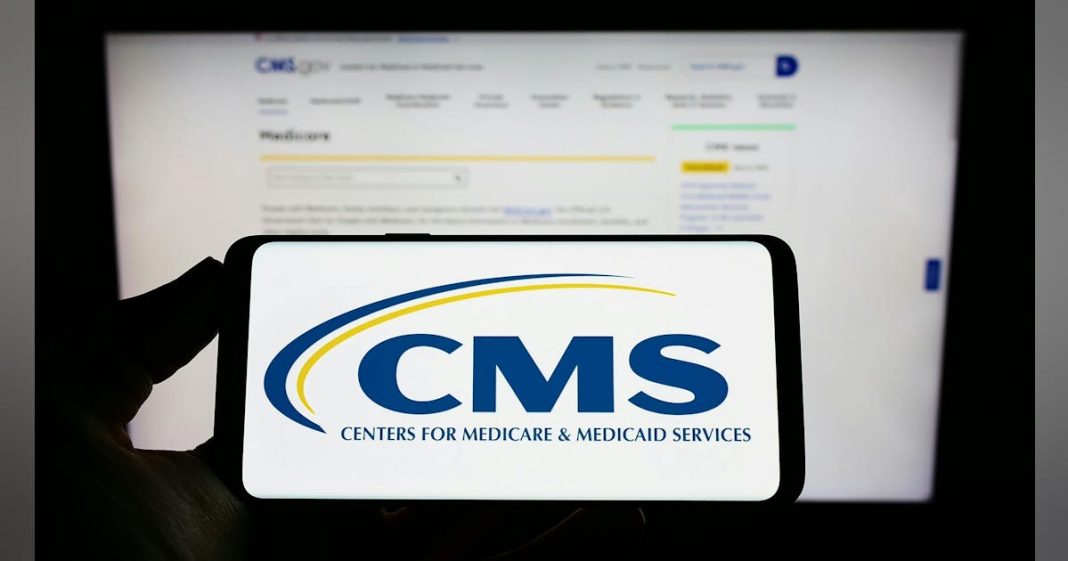The Centers for Medicare & Medicaid Services has confirmed that Maryland and Vermont will participate in the first cohort of its state-based AHEAD all-payer model, with Connecticut participating in the second cohort, and Hawaii also expected to join.
The States Advancing All-Payer Health Equity Approaches and Development (AHEAD) Model will hold participating states accountable for controlling overall growth in healthcare expenditures and improving population health outcomes. CMS will issue agreements to each participating state, which could receive up to $12 million from CMS during the first five and a half years of the model to support implementation.
CMS will select four more states this fall. States interested in participating in Cohort 3 must submit a letter of intent to CMS by July 26 and submit an application by 3 p.m. ET Aug. 12.
Maryland and Vermont will participate in Cohort 1, while Connecticut will participate in Cohort 2. Hawaii will also participate, pending satisfaction of certain requirements.
The AHEAD Model is scheduled to operate for a total of 11 years, from 2024 through 2034. CMS will provide cooperative agreement funding to selected states for up to six years to support their participation in this model.
“Participation in the AHEAD Model will further strengthen our statewide approach and will give us new tools to meet the target benchmarks set for investments in primary care, chronic disease management, health equity and cost growth,” said Deidre Gifford, M.D., M.P.H., commissioner of Connecticut’s Office of Health Strategy, in a statement. “Our state Medicaid agency, DSS, Medicare and commercial payers, as well as our hospital and primary care colleagues will be critical partners in the initiatives we launch through the model.”
Under a total-cost-of-care approach, a participating state uses its authority to assume responsibility for managing healthcare quality and costs across all payers, including Medicare, Medicaid, and private coverage. States also assume responsibility for ensuring health providers in their state deliver high-quality care, improve population health, offer greater care coordination, and advance health equity by supporting underserved patients.
The AHEAD Model will provide participating states with funding and other tools to address rising health care costs and support health equity. But the model also holds states accountable for state-specific Medicare and all-payer cost growth and primary care investment targets, and for population health and health equity outcomes.
Connecticut hospitals will be offered the opportunity to participate in a global budget payment model that sets a prospective fixed revenue amount for the upcoming year for all payers including Medicare fee-for-service, Medicaid and commercial insurance. This payment structure allows hospitals to have more stable, predictable funding and invest in strategies to enhance care coordination and reduce or eliminate avoidable hospitalizations.
Maryland has long experience with healthcare payment and delivery system reform. It has had a unique hospital payment system since the 1970s, with increased focus on delivery system reform in Maryland’s All-Payer Model (2014-2018) and the Total Cost of Care Model (2019-today).
Maryland health officials said they would leverage the model’s tools to promote health equity, ensure high-value care, and improve access to care in order to achieve high value, equitable, and excellence in the health delivery system. Infrastructure investments will support the actions needed to achieve Maryland’s vision, including investments in workforce; administrative simplification for health care providers; and health information technology, data, and analytics.
“The model benefits Maryland as the pathway to continue the state’s long-term commitment to improving statewide healthcare quality, health outcomes, and health equity — all while controlling cost growth,” said Maryland Department of Health Secretary Laura Herrera Scott, M.D., in a statement. “This opportunity allows Maryland to bridge the healthcare, population health, and social sectors as well as the public and private sectors to implement the solutions Marylanders need, as identified by community members themselves.”
This model “is the pathway to continue Maryland’s all-payer hospital rate setting authority,” said Maryland Health Services Cost Review Commission Executive Director Jon Kromm, in a statement. “The model offers tools for primary care transformation, healthcare cost containment, and population health improvement.” Under the new model, Maryland will develop a State Health Equity Plan to elevate community voices in defining a shared commitment to health; integrate and align resources across clinical and population health needs; and work to overcome systemic and structural racial and ethnic health inequities. The state’s Health Equity Plan will be the foundation for all actions and investments under the model.
Vermont, which has been working on an all-payer ACO model for several years, sees the AHEAD model as a way to collaborate with the federal government to impact how Medicare, the insurer for 21 percent of Vermonters, pays hospitals, supports primary care, improves health equity, and allows flexibility in how care is delivered.




